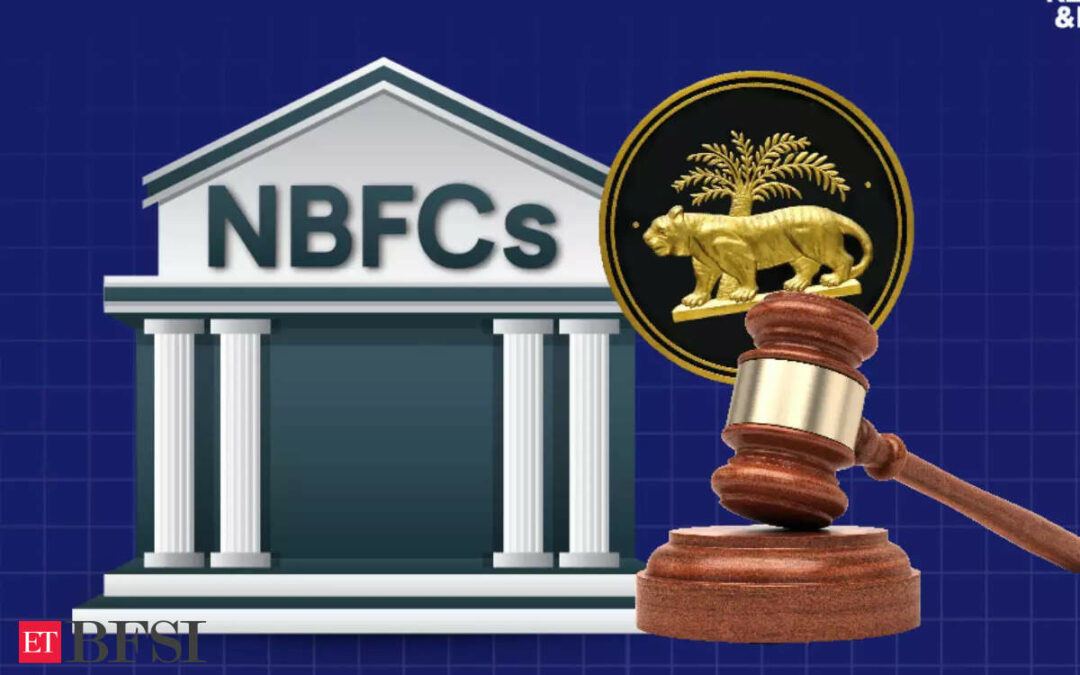Gross bank credit offtake (ex-merger) slowed to 6.4% for the December-June period compared to the growth of 8.1% for the same period last year as RBI announcement on unsecured consumer credit and NBFCs took effect. Meanwhile, credit growth also slowed to 13.9% in June 2024, down by 230 bps on a y-o-y basis due to higher base effect and a focus on managing the Credit to Deposit ratio (which hovers around 80%).
The personal loans segment growth rate slowed to 7.5% for the December-June period compared to the growth of 8.5% for the same period last year as growth in unsecured consumer loans decelerated.
Additionally, it reduced by approximately 470 bps (from 21.3% for the same period last year) to 16.6% in June 2024. This decline was due to a slowdown in the growth of vehicle loans and unsecured loans which was partially offset by an increase in housing and gold loans.
o The services sector growth slowed to 7.6% for the December-June period compared to the growth of 11.8% for the same period last year as growth in advances to NBFCs decelerated. The segment witnessed a decrease in credit growth to 15.1% y-o-y in June 2024, from 26.8% recorded in June 2023.
This decline in growth can be attributed to reduced credit expansion in the ‘non-banking financial companies (NBFCs)’ (attributable to an increase in risk weights) and ‘trade’ sectors. Industry segment exhibited a growth of 7.7% y-o-y in June 2024 compared to 7.4% in June 2023, led by growth in Micro, Small & Medium Enterprises (MSME) and infrastructure.
Services
The services sector growth slowed to 7.6% for the Dec-June period compared to the growth of 11.8% for the same period last year as growth in advances to NBFCs decelerated. The services sector reported a 17.4% y-o-y growth in June 2024, down from 26.8% in the same period the previous year. This decline in growth was driven by reduced credit expansion in the ‘non-banking financial companies (NBFCs)’ and ‘trade’ sectors. Without considering the merger, the growth would have been 15.1% y-o-y.
Banks’ outstanding credit exposure to NBFCs stood at Rs 15.5 lakh crore as of June 2024, indicating an 8.5% y-o-y growth that is approximately a quarter of the growth rate reported in June 2023. Further, the proportion of NBFC exposure in relation to aggregate credit has reduced from 9.9% in June 2023 to 9.2% in June 2024.
Meanwhile if we exclude the merged entity from the base data, the growth would have been higher at 17.2%. Advances to NBFCs have experienced a slowdown in growth at 2.3% in June 2024 from December 2023. Additionally, the reported growth rate of advances to NBFCs has been below the overall bank credit growth since December 2023. This can be attributed to regulatory actions (risk weights), base effect (HDFC’s numbers are excluded in June 2024, but included in June 2023 data) and capital market borrowings.
Commercial real estate rose by 40.7% y-o-y in June 2024 and sped up further on a low base, merger impact and continued robust demand. Meanwhile, without considering the merger, the growth remained strong at 22.8% y-oy vs. 12.3% y-o-y in June 2023. The growth rate of trade decelerated in June 2024 to 14.8% from 18.5% in June 2023. Within Trade, retail trade grew at a slower 14.4% in June 2024 compared to 24.3% in June 2023. The growth in services was also led by 27.6% y-o-y growth in other services. If we exclude the merger impact, other services were down by 25.2% y-oy in June 2024 compared to 33.8% in June 2023.
The prospects
Credit growth is anticipated broad-based growth across segments, with personal loans are likely to outperform industry and service sectors. Medium-term prospects seem promising, with reduced corporate stress and sufficient provision buffer but ebbing inflation could also reduce the working capital demand. Further, with enhanced focus on shoring up the deposit base and managing the Credit to Deposit ratio (which hovers around 80% currently) and the proposed LCR norms, bank credit offtake could face challenges and growth is likely to moderate from our earlier expectations.










